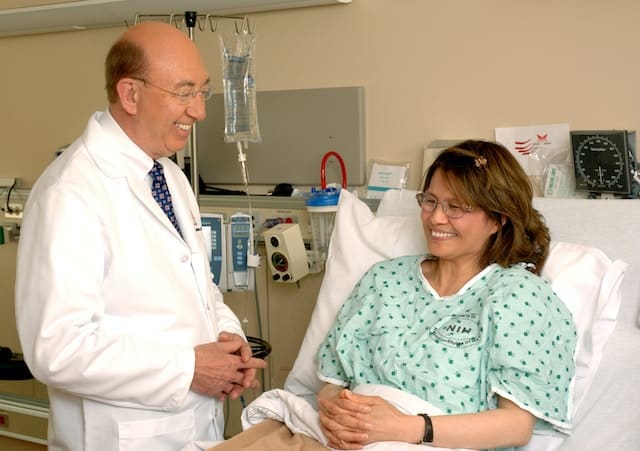Effective communication is a cornerstone of successful healthcare. It not only drives patient outcomes but also cements trust and ensures holistic patient satisfaction. Let’s delve deeper into the nuances of each step to refine patient communication.
1. Active Listening
Active listening isn’t just about hearing but deeply understanding what the patient conveys. When healthcare providers demonstrate genuine interest in a patient’s words, it creates an environment of trust. This environment is foundational for patients to be open about their symptoms, concerns, and feelings. By refraining from interruptions, giving non-verbal cues of engagement, and occasionally summarizing what’s been shared, professionals can ensure that patients feel valued and understood.
2. Use Simple Language
Navigating the maze of medical terms can be daunting for many patients. By communicating in straightforward and relatable language, healthcare providers can prevent misunderstandings that could lead to medical non-compliance or even errors. Instead of overwhelming patients with jargon, it’s more productive to explain conditions, procedures, or medications in terms they can easily grasp. Think of it as translating medical expertise into everyday language.
3. Employ the Teach-back Method
The teach-back method is a proactive approach to ensure patients understand the information shared with them. After explaining a diagnosis, treatment plan, or medical procedure, healthcare providers can ask the patient to paraphrase the information. This not only confirms the patient’s comprehension but also provides an opportunity to rectify any misunderstandings immediately.
4. Use Visual Aids
Sometimes, words alone may not suffice, especially when explaining intricate procedures or conditions. Visual aids like diagrams, infographics, and videos can offer patients a clearer and more tangible understanding. Such aids can serve as reference points during discussions, making abstract or complex concepts more accessible.
5. Encourage Questions
Questions are a sign of engagement. Encouraging patients to ask questions doesn’t just clarify doubts but also fosters an interactive dialogue. By promoting such a two-way communication channel, healthcare providers can ensure patients are actively involved in their care decisions, leading to better outcomes.
6. Offer Written Instructions
While oral explanations are vital, providing written instructions, especially for medications, post-procedure care, or lifestyle recommendations, offers patients a tangible reference. Such documents can be invaluable, ensuring patients have a clear roadmap to follow once they leave the healthcare facility.
7. Leverage Technology
Modern problems require modern solutions. By embracing technology, such as patient portals, mobile apps, and SMS reminders, healthcare providers can offer patients timely updates, appointment reminders, and vital health tips. These digital touchpoints can significantly improve adherence and engagement.
8. Cultural Sensitivity
In our diverse world, understanding cultural nuances can significantly enhance communication. By being sensitive to cultural backgrounds, traditions, and beliefs, healthcare providers can deliver care that respects and acknowledges individual patient identities.
9. Implement a Feedback Mechanism
Continuous improvement is the key to excellence. By actively seeking feedback on communication methods and interactions, healthcare establishments can identify areas for refinement, ensuring they meet the evolving needs of their patients.
10. Prioritize Continuous Training
The healthcare landscape is continuously evolving, and so are communication methodologies. Regular training sessions for staff can ensure they are equipped with the latest communication techniques, tools, and best practices.
By weaving these practices into the fabric of healthcare interactions, professionals can foster an environment of mutual trust, respect, and understanding, ensuring that patients receive the best care possible.





